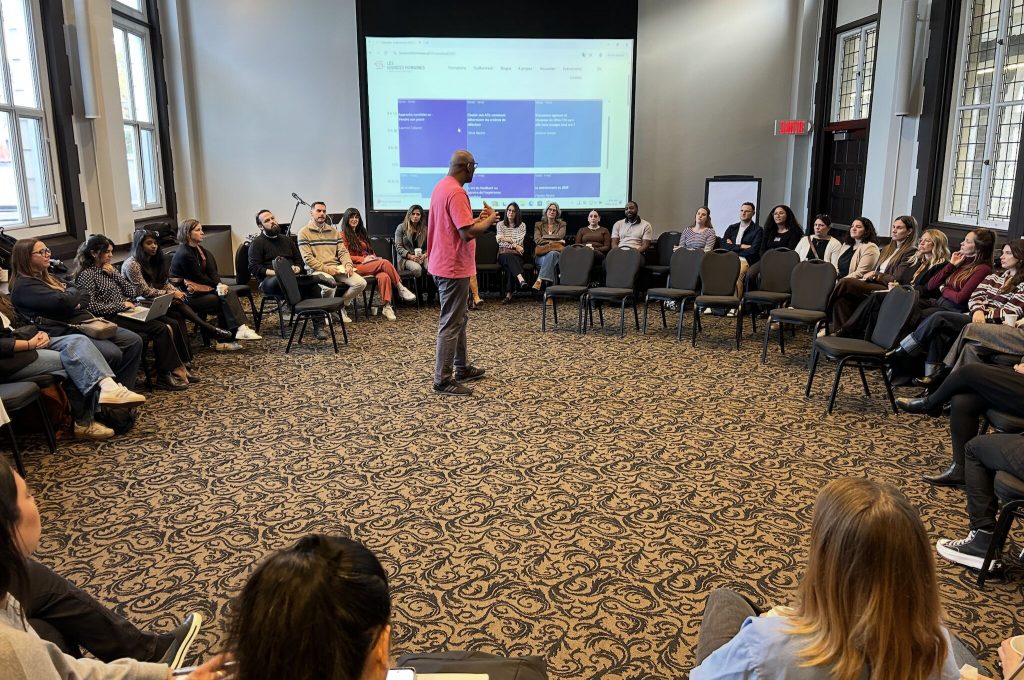Gallagher, the compensation consulting specialist, has released its traditional survey on salary planning for 2024/2025, based on responses from over 500 organizations across the country. This is an opportunity to explore best practices and upcoming trends. Here’s a summary in five key points.
| This article is part of the special report > The New Trends in Recruitment |
- Lower Salary Increases Expected in 2025
One of the most anticipated findings from the survey is that the average salary increase expected for 2025, excluding freezes, is 3.5%. This figure returns to pre-pandemic norms but shows a decrease from 3.8% in 2024 and 4.3% in 2023.
- Quebec and British Columbia Lead in Salary Increases
When examining budgets by region, Quebec and British Columbia have the highest actual and projected budgets (3.9% for actual figures and 3.5% for projections).
Unsurprisingly, the most generous sectors are finance and professional services (3.8%), followed closely by IT and telecommunications (3.7%). At the opposite end, the least generous sectors are agriculture (3%) and public entities (3.2%).

- What Salary Strategies Are Being Adopted?
More than a third of organizations (34%) have an additional budget (a figure comparable to last year). This is a distinct budget dedicated to managing special cases, such as high-potential or fast-track employees.
Moreover, the indexing budgets for salary structures are similar to 2024, at 2.9% excluding freezes, which is higher than pre-pandemic budgets that ranged from 2.0% to 2.5%. Nevertheless, 19% of organizations plan not to index their structures in 2025. This could indicate that organizations feel less pressure to attract and retain employees or believe their structure is competitive enough.
Lastly, a word on variable compensation, a practice offered by 85% of for-profit organizations. Executives (25%), managers (15%), and salespeople (15%) are the professions for which this form of compensation is most developed.
- Attraction and Retention Programs Adopted by Organizations
Non-monetary programs remain popular as they allow organizations to differentiate themselves, especially when salaries are competitive: training, mentoring, development, special projects, and career management programs. These programs are increasingly utilized compared to 2023 (31% of organizations in 2023, rising to 44% in 2024 and 42% in 2025).
Conversely, off-scale compensations are declining when comparing data from 2023 (44%) to 2024 (32%) and 2025 (35%).
- The Rise of Salary Transparency
Salary transparency is a growing trend across the country, especially following laws enacted in British Columbia and Ontario on this matter. Half of the organizations surveyed reported maintaining their current level of transparency, while the other half wish to move toward greater salary transparency.
The top three levels of salary transparency that organizations wish to achieve are:
- Having open discussions about the employee’s position within their contribution zone (16%)
- Establishing and sharing a total compensation philosophy (14%)
- Sharing salary scales (14%)
Only 3% are willing to adopt fully open and shared salaries.
Lastly, it’s important to note that pay equity remains a crucial pillar of every organization’s diversity, equity, and inclusion strategies. 29% of companies implement measures and practices that go beyond legal requirements to ensure transparency, fairness, and a comprehensive commitment to their employees in these areas.
| This article is part of the special report > The New Trends in Recruitment |
Discover our trainings :



 training.isarta.com
training.isarta.com 

